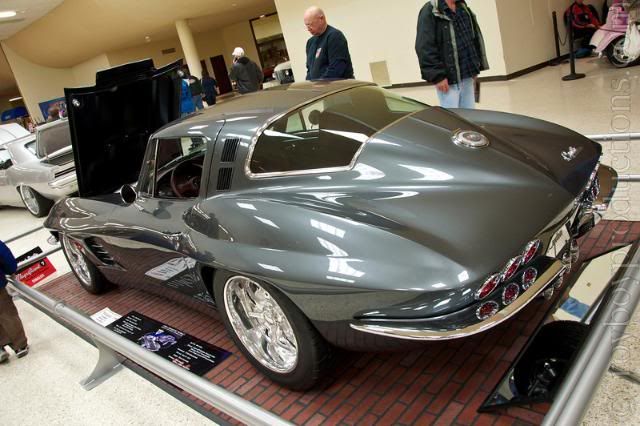4L80e vs. 4L60e
#41
The tunnel mode is the lighter gray fiberglass.
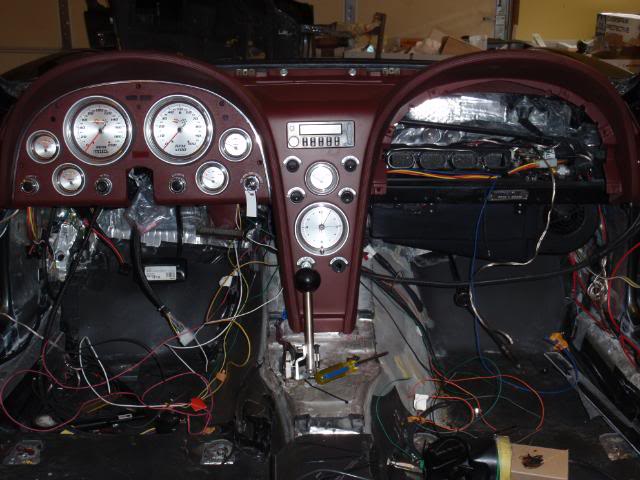
The car seems to have turned out ok...

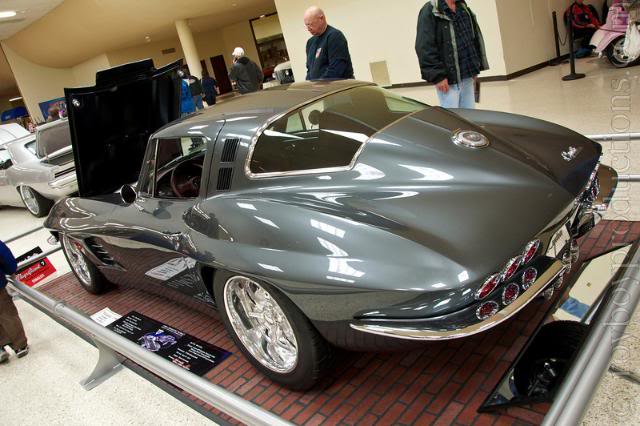
#42
TECH Resident
iTrader: (4)
This thread:
https://ls1tech.com/forums/conversio...l80e-size.html
... points to this link:
http://www.gminsidenews.com/index.php?page=trans_guide
...which says:
4L60e/4L65e: 163 lbs.
4L80e/4L85e: 295 lbs.
This makes the 4L80e 132lbs. heavier.
This Hot Rod article:
http://www.hotrod.com/techarticles/d.../photo_01.html
...states:
"...the 4L80E is roughly 100 pounds heavier than the TH400, so itís no lightweight."
https://ls1tech.com/forums/conversio...l80e-size.html
... points to this link:
http://www.gminsidenews.com/index.php?page=trans_guide
...which says:
4L60e/4L65e: 163 lbs.
4L80e/4L85e: 295 lbs.
This makes the 4L80e 132lbs. heavier.
This Hot Rod article:
http://www.hotrod.com/techarticles/d.../photo_01.html
...states:
"...the 4L80E is roughly 100 pounds heavier than the TH400, so itís no lightweight."
That hotrod article is comparing an 80e to a th400, not a 60e. I'd say that's STILL incorrect as well, there is definitely not a 100 pound difference. I wouldn't even say half that.
I'm sure you've gotten the point already from Jake and Slow67 though, not trying to beat a dead horse, more so just confirming and backing them up.
For what it's worth, to add to the bit about internet lore regarding 4L80E's, there seems to be the impression among a lot of people that the entire tunnel needs to be hammered till it's barely recognizable and even then it's a tight fit. There are also guys cutting off part of their cases and claiming they couldn't make it fit without doing so. Bullshit. A few seconds with the air hammer or a minute with a real hammer in a relatively small, certain point in the tunnel and you're good. Just ask Jgarza54 and his car

#44
To be able to understand what kind of power loss is consumed by an 60e vs 80e you must have a solid background in physics. I am pursuing my doctorate in physics and have built transmissions for the last 5 years in order to help offset the cost of my college. The transmission shop that i work at has a transmission dyno and we measure energy input vs output. Which in simple terms in horsepower in to horsepower out. This measurement doesn't include rotational inertia. The parts in a 80 are slightly heavier and have a slightly larger diameter. Therefore padding the results of our test even more saying that the 80 would lose more power. I=(alpha)(radius). This means that since my parts weigh more and have a larger diameter the required rotational inertia to spin these parts are much greater. These are defined by unit measurements, therefore a slight change between the two can make a big difference in force required to spin them. This is a very simple explanation but i know that at the shop when we dyno 60's we see a 19% loss in energy from front to back, and a 22% loss from front to back in the 80. Now what jakes performance sees in increase may be a result of more optimal gearing, maybe that's when he puts in a better converter too. I really don't know i'm not arguing i just wanted to share my experience with these two
#45
To be able to understand what kind of power loss is consumed by an 60e vs 80e you must have a solid background in physics. I am pursuing my doctorate in physics and have built transmissions for the last 5 years in order to help offset the cost of my college. The transmission shop that i work at has a transmission dyno and we measure energy input vs output. Which in simple terms in horsepower in to horsepower out. This measurement doesn't include rotational inertia. The parts in a 80 are slightly heavier and have a slightly larger diameter. Therefore padding the results of our test even more saying that the 80 would lose more power. I=(alpha)(radius). This means that since my parts weigh more and have a larger diameter the required rotational inertia to spin these parts are much greater. These are defined by unit measurements, therefore a slight change between the two can make a big difference in force required to spin them. This is a very simple explanation but i know that at the shop when we dyno 60's we see a 19% loss in energy from front to back, and a 22% loss from front to back in the 80. Now what jakes performance sees in increase may be a result of more optimal gearing, maybe that's when he puts in a better converter too. I really don't know i'm not arguing i just wanted to share my experience with these two
The clutch drums in an 80 are smaller in diameter than a 60, but do weigh more. You should also know that the rate of acceleration has a profound effect, so what is the rate of acceleration on this dyno test that you gave percentages for?
And in what gear, each gear has different elements spinning or not, so the percentage would change with each gear.
What are the percentages in each gear? And at what rate of acceleration? Can you vary the rate of acceleration?
#46
Jake & others,
Question: Is there more to the question of HP loss between 4L60/65/70 and 4L80/5\85 than just looking at weight of internals and their effect on HP in & HP out?
Should we take into account RPM loss between shifts due to internal gear ratio spreads between the two transmissions, that can take engine out of it's power band, causing engine to have to pull back into engine's RPM power band between shifts with one of these transmissions? Want Trans with the closer gear ratios gain you more in ET, making up for any moving part output HP loss at output shaft?
4l65/70
3.06
1.62 -- 52.94% (high) RPM Retention 47.06% RPM DROP
1.00 -- 61.73% (high) RPM Retention 38.27% RPM DROP
4l80/85
2.48
1.48 -- 59.68% (high) RPM Retention 40.32% RPM DROP
1.00 -- 67.57% (high) RPM Retention 32.43% RPM DROP
Ratio of 1st/2nd gear ratios:
4L60E: 3.06/1.62 = 1.89
4L80E: 2.48/1.48 = 1.68
The 4L80E has the narrowest spread, the 4L60E has the widest spread.
If shifting at 6800 rpm, is this not the rpm that 2nd gear will pull the engine down to (assuming no stall):
4L60E: 6800/1.89 = 3600
4L80E: 6800/1.68 = 4050
Looks like the 4L60E has pulled the motor down significantly (needs more stall and a higher shift speed).
Now I'm going to throw in what some think is bad gearing spreads, but when you look at them and then look at gear ratios of a close ratio geared manual transmissions, they are very close.
Compare the RPM Retention and Drop to the 4L60/65/70's and then look at differences in what happens to ET when you use modeling software to model a 4L60/65/70 Vs 6X with all other things being equal except transmission and it's gearing. Wish I had access to model of 4L80 data so members could see comparison of just it and 4L65 that might help with understanding that 4L80 may just make up any loss in output HP with it's closer gear ratios.
TCI 6X (4L80E based)
2.93
2.23 -- 76.10% (high) RPM Retention -- 23.90% RPM DROP
1.57 -- 70.40% (high) RPM Retention -- 29.60% RPM DROP
1.18 -- 75.16% (high) RPM Retention -- 24.84% RPM DROP
1.00 -- 84.745% (high) RPM Retention -- 15.255% RPM DROP
0.75 -- 75.00% (high) RPM Retention -- 25.00% RPM DROP
Look closely at the engine RPM range throughout the quarter mile.
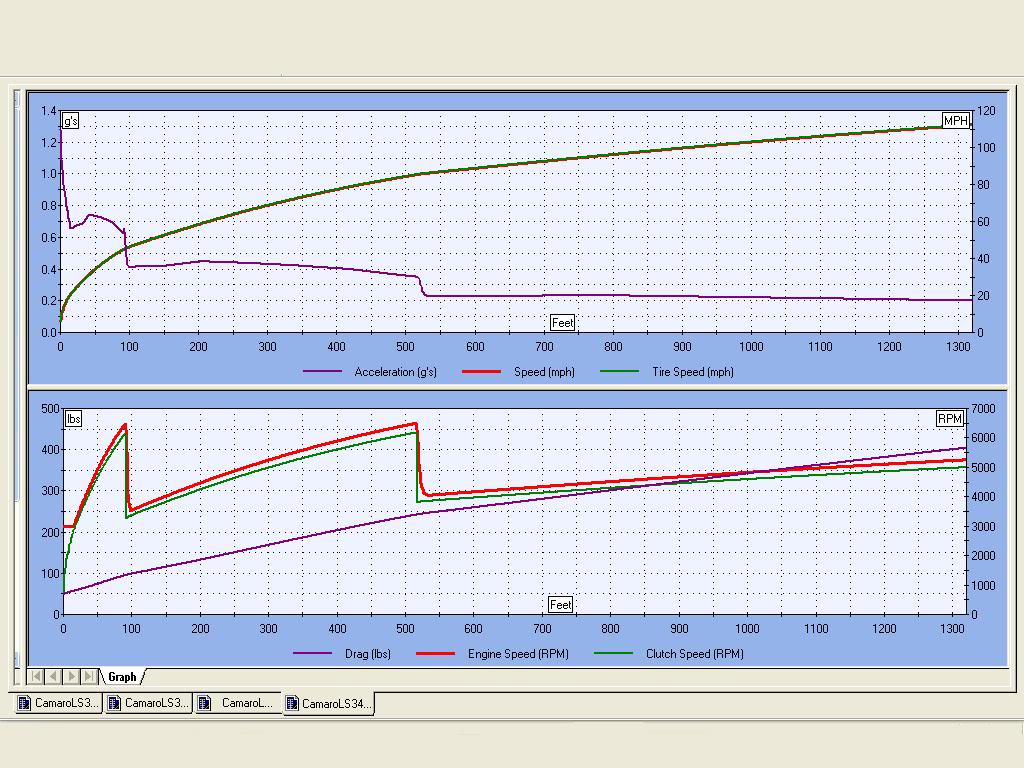
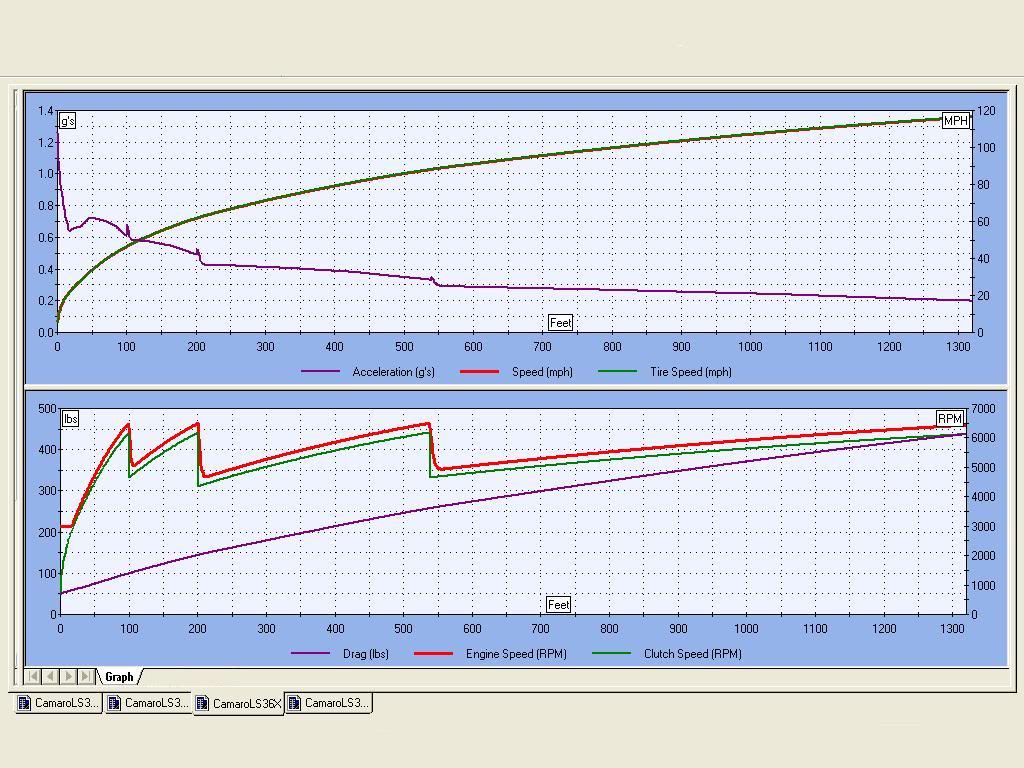 [/QUOTE]
[/QUOTE]
The performance data is as follows:
4L60E
60' = 1.819
1/8 mile = 7.864
1/8 mile (mph) = 91.0
1/4 mile = 12.279
1/4 mile (mph) = 112.3
0-60 = 4.11 secs
0-100 = 9.81 secs
6X
60' = 1.830
1/8 mile = 7.709
1/8 mile (mph) = 93.0
1/4 mile = 11.95
1/4 mile (mph) = 115.8
0-60 = 3.76 secs
0-100 = 8.90 secs[/QUOTE]
Question: Is there more to the question of HP loss between 4L60/65/70 and 4L80/5\85 than just looking at weight of internals and their effect on HP in & HP out?
Should we take into account RPM loss between shifts due to internal gear ratio spreads between the two transmissions, that can take engine out of it's power band, causing engine to have to pull back into engine's RPM power band between shifts with one of these transmissions? Want Trans with the closer gear ratios gain you more in ET, making up for any moving part output HP loss at output shaft?
4l65/70
3.06
1.62 -- 52.94% (high) RPM Retention 47.06% RPM DROP
1.00 -- 61.73% (high) RPM Retention 38.27% RPM DROP
4l80/85
2.48
1.48 -- 59.68% (high) RPM Retention 40.32% RPM DROP
1.00 -- 67.57% (high) RPM Retention 32.43% RPM DROP
Ratio of 1st/2nd gear ratios:
4L60E: 3.06/1.62 = 1.89
4L80E: 2.48/1.48 = 1.68
The 4L80E has the narrowest spread, the 4L60E has the widest spread.
If shifting at 6800 rpm, is this not the rpm that 2nd gear will pull the engine down to (assuming no stall):
4L60E: 6800/1.89 = 3600
4L80E: 6800/1.68 = 4050
Looks like the 4L60E has pulled the motor down significantly (needs more stall and a higher shift speed).
Now I'm going to throw in what some think is bad gearing spreads, but when you look at them and then look at gear ratios of a close ratio geared manual transmissions, they are very close.
Compare the RPM Retention and Drop to the 4L60/65/70's and then look at differences in what happens to ET when you use modeling software to model a 4L60/65/70 Vs 6X with all other things being equal except transmission and it's gearing. Wish I had access to model of 4L80 data so members could see comparison of just it and 4L65 that might help with understanding that 4L80 may just make up any loss in output HP with it's closer gear ratios.
TCI 6X (4L80E based)
2.93
2.23 -- 76.10% (high) RPM Retention -- 23.90% RPM DROP
1.57 -- 70.40% (high) RPM Retention -- 29.60% RPM DROP
1.18 -- 75.16% (high) RPM Retention -- 24.84% RPM DROP
1.00 -- 84.745% (high) RPM Retention -- 15.255% RPM DROP
0.75 -- 75.00% (high) RPM Retention -- 25.00% RPM DROP
Look closely at the engine RPM range throughout the quarter mile.

 [/QUOTE]
[/QUOTE]The performance data is as follows:
4L60E
60' = 1.819
1/8 mile = 7.864
1/8 mile (mph) = 91.0
1/4 mile = 12.279
1/4 mile (mph) = 112.3
0-60 = 4.11 secs
0-100 = 9.81 secs
6X
60' = 1.830
1/8 mile = 7.709
1/8 mile (mph) = 93.0
1/4 mile = 11.95
1/4 mile (mph) = 115.8
0-60 = 3.76 secs
0-100 = 8.90 secs[/QUOTE]
#47
The dyno the shop uses is a hicklin engineering. Its pretty overkill but way cool. This dyno is capable of 800 hp and like 1,500ft*lbs. The rate of acceleration is taken into account in the moment of inertia. Moment of inertia is the energy taken to speed this unit up or slow it down. Otherwise there is no equation to use when dealing with acceleration in a cirlce. When Items spin things change in the physics world. But i agree with what poorhouse has to say. My argument is very one dimensional, yet i dont understand how one can take into account the shift speed of the manual. I'm assuming your making an assumption based on the 1/4 mile time. And also were comparing much shorter ratios because the 80 is only a 4 speed. Here we are comparing the 4l80e not gm's new 6l80e. Where did the data spread come from?
#48
My argument is very one dimensional, yet i dont understand how one can take into account the shift speed of the manual. I'm assuming your making an assumption based on the 1/4 mile time. And also were comparing much shorter ratios because the 80 is only a 4 speed. Here we are comparing the 4l80e not gm's new 6l80e. Where did the data spread come from?
No mention was made about GM's new 6L80E either. TCI 6X is a 4L80E based 6 speed transmission. Since I had no data on how 4L80E gearing could just help make car quicker in 1/4 mile to use for comparison when all things are equal, I use the TCI 6X gearing data I had to try and show how gear ratios could effect ET.
The reason I mention close ratio manual trans is because I understand how they can work even better for both autocrossing and road courses because of the closer spaced gears enable you to keep engine it's power band. TCI 6X's 2nd - 5th gear ratios are very close to those of a 4sp or 5sp manual trans 1st-4th gears, but 6X 1st gear gives you that little extra out of the hole close ratio manuals can't do. I'm more in to Pro Touring where car is expected to perform well both in a 1/4 mile as well as in autocrossing.
, braking, etc.
My 64 is not a mid engine sport's car, but it's about as damn close to 50/50 front to rear balance as you can get without even trying....LOL Heck, I'm 68 years old, but I'm still going to try and compete wtih you young whipper snappers....LOL
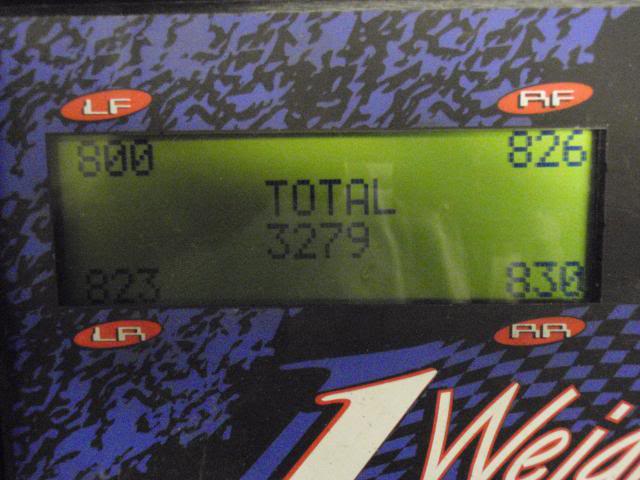

As for as shifting speed, you can't manually paddle shift an automatic as fast as it can shift itself in full auto mode either.
PS: Throwing in corner wieight is just another attemp at trying to throw people off.....

#49
I think you're overthinking this. Put the 4l80e in your car and don't look back. Most of the guys on this forum have a lot lighter cars than ours and a 4l60e is still questionable. We're talking about a 4300+ race weight on a Caprice. This requires stronger parts than your usual Fbody. I personally went with the 6l90e transmission because of it being beefy and the lower first gear but the 4l80e is tried and trued not to mention having a ton of aftermarket support.



